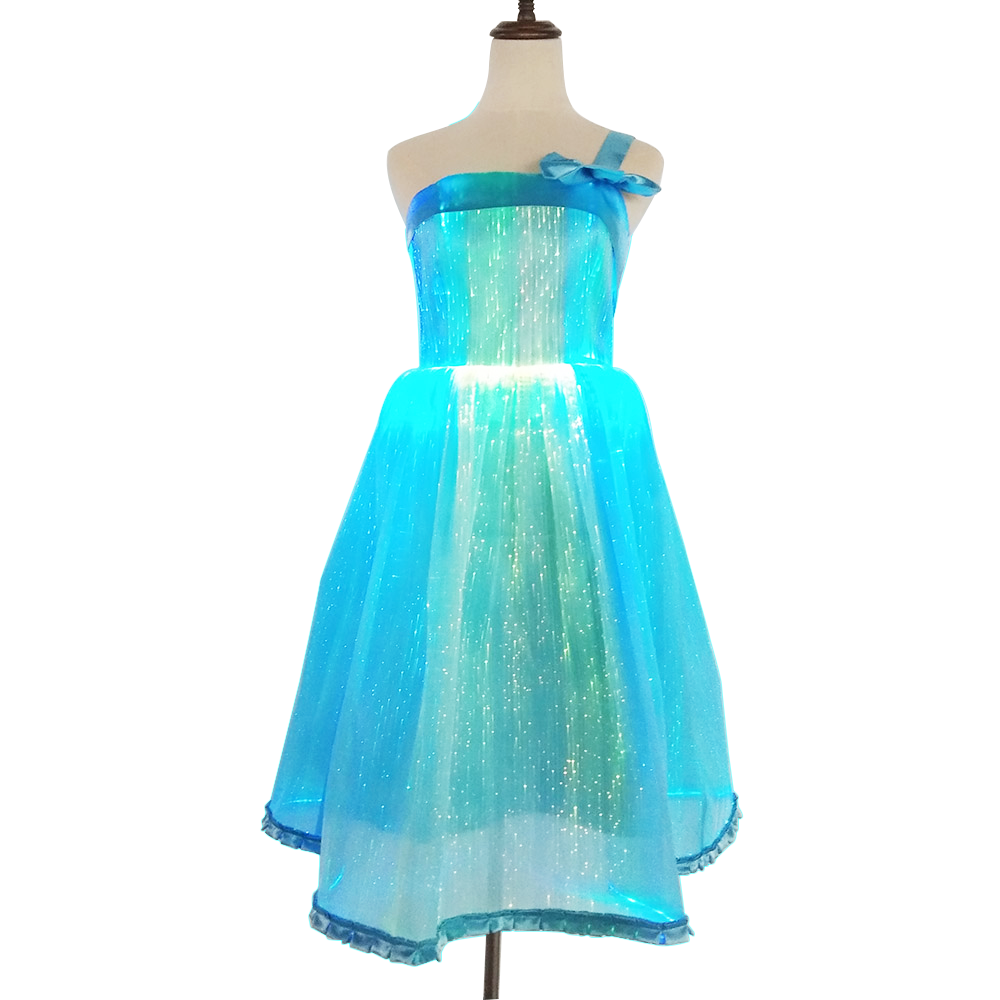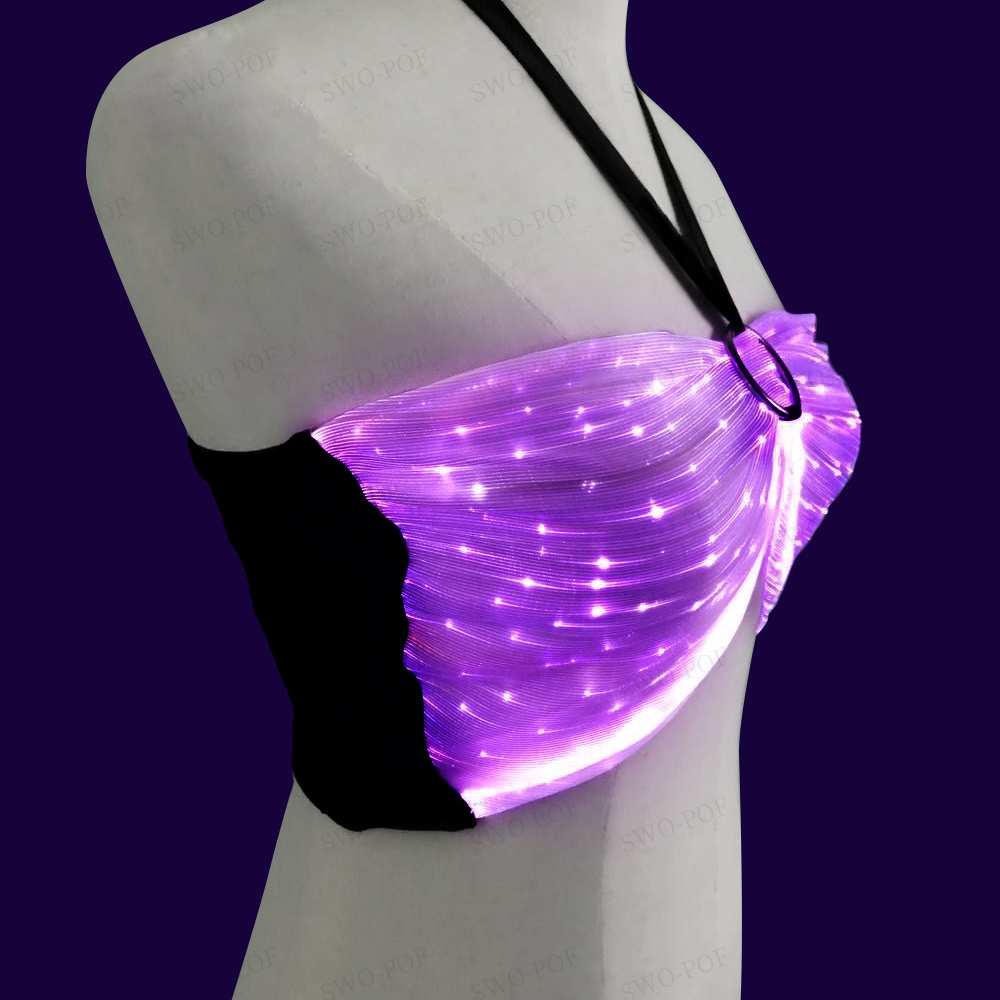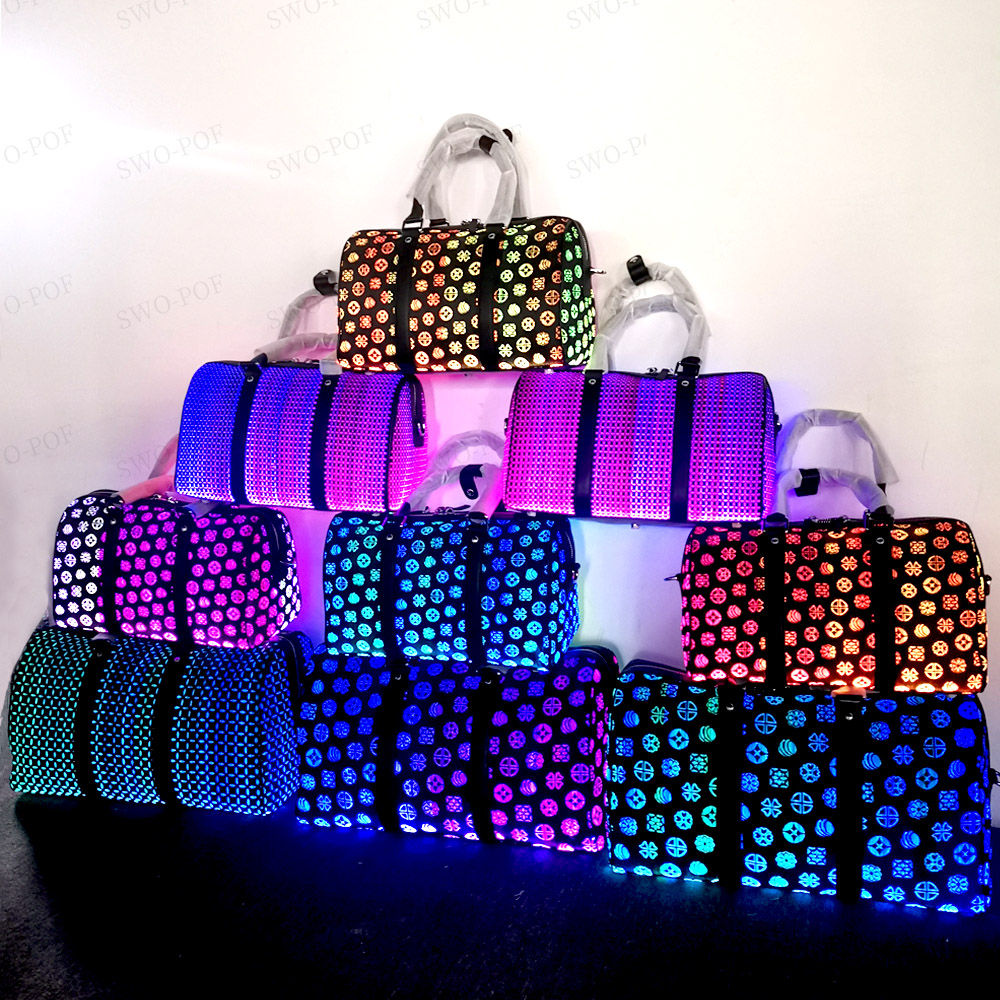Have you ever seen such a scene? A cluster of crystal light hangs from the ceiling, flickering like a starry sky. Soft colorful light strips are laid on the bottom of the fish tank, with water waves and light reflections; some people even weave optical fibers into curtains, turning the entire wall into flowing light - these amazing effects all come from special lighting tools: plastic fiber optic lamps. How does it achieve "light flowing in the fiber" and how far can the light be transmitted? This article will reveal its secrets to you.

What is the transmission distance of plastic fiber optic lighting lamps
1. The principle of plastic fiber optic lighting: let the light "go straight" like flowing water
To understand plastic fiber optic lamps, you can do an experiment: take a transparent straw facing the sun, and look from the side, it feels that the straw is lit up. This is because the light is constantly reflected on the inner wall of the straw and eventually from the other end. Plastic fiber optic lighting lamps use this principle to transmit light.
1. Structural design
Core layer: Fibers made of transparent plastic (such as PMMA), with a diameter of about 0.5-2mm, are responsible for the conduction of light.
Cover: Special material wrapped outside (such as fluorine resin) to ensure that light is reflected without leaking light.
2. Workflow
Light source emission: LED or light source lamp is focused on one end of the optical fiber.
Light source propagation: Light continues to advance in a zigzag shape inside the optical fiber.
End light emission: Light radiates from the other end, or is spread through tiny traces on the side (such as effects such as starlight).
3. Differences from glass optical fiber

Flexibility: Plastic optical fiber can be bent at will and is very flexible.
Safety: There is no risk of glass fragments, suitable for home and children's space.
Cost: The cost is 1/5 of glass optical fiber or less.
2. Transmission distance: How far can light run?
Fiber optic lamp
The transmission distance of plastic fiber optic lighting directly affects the actual application effect. The lighting transmission distance of ordinary household POF lighting (plastic optical fiber) is usually about 20-30 meters, while high-end products can reach more than 50 meters. In addition, this distance is affected by many factors:
1. Light source intensity
LED light source: Ordinary 5W LED is suitable for transmission within 10 meters, and more than 10w can support 30 meters.
Laser light source: 100 meters of transmission has been achieved in laboratory environments, which is relatively rare in home scenes.
2. Fiber quality
Material purity: The transmittance of high-quality PMMA materials can reach >90%, and inferior products may be less than 70%.
Diameter selection: The transmission distance of 1mm optical fiber is much longer than 0.5mm, but its flexibility is reduced.
3. Environmental interference
Bending loss: For every 90° bend, the transmission distance will be reduced by about 2-3 meters.
Temperature effect: Exceeding 60℃ will affect the transmission distance of plastic plastic optical fiber.
3. Application in life
1. Creative home lighting
Starry sky ceiling: Pass hundreds of optical fibers through the ceiling, use end-point luminous plastic optical fiber, and when the light source machine is turned on, the effect of the Milky Way starry sky can be simulated.
2. Aquarium and creative landscape
Underwater light strip: No need to make waterproof circuit, you can directly spread the light all over the water tank.
Landscape: You can use plastic optical fiber to make jellyfish lights, dandelion lights, various animals, etc.
3. Personal decoration
Principle of plastic optical fiber lighting
Luminous clothing: Weave thin optical fibers into wedding dresses and stage clothes to create a colorful effect.
Art decoration: You can make artistic light sculptures.
4. Usage tips: Make fiber optic lights spread farther and more beautiful
1. Light source selection: cold light source. LED is more energy-efficient than halogen lamps and reduces heat aging of optical fibers.
2. Installation precautions

Reduce bending: Keep natural curvature when wiring and avoid right-angle bends.
End treatment: Use sandpaper to polish the end surface of the optical fiber or add a scattering head to enhance the effect of light.
3. Maintenance instructions
General cleaning: Wipe the dust on the surface of the optical fiber with a soft cloth and check the attenuation of the light source regularly every year.
Avoid exposure to the sun: Install a lampshade when using outdoors to prevent ultraviolet rays from causing the plastic to turn yellow and age.
CopyRight © Senwo technology . All Rights Reserved TEL:+86-717-4828268 网站地图